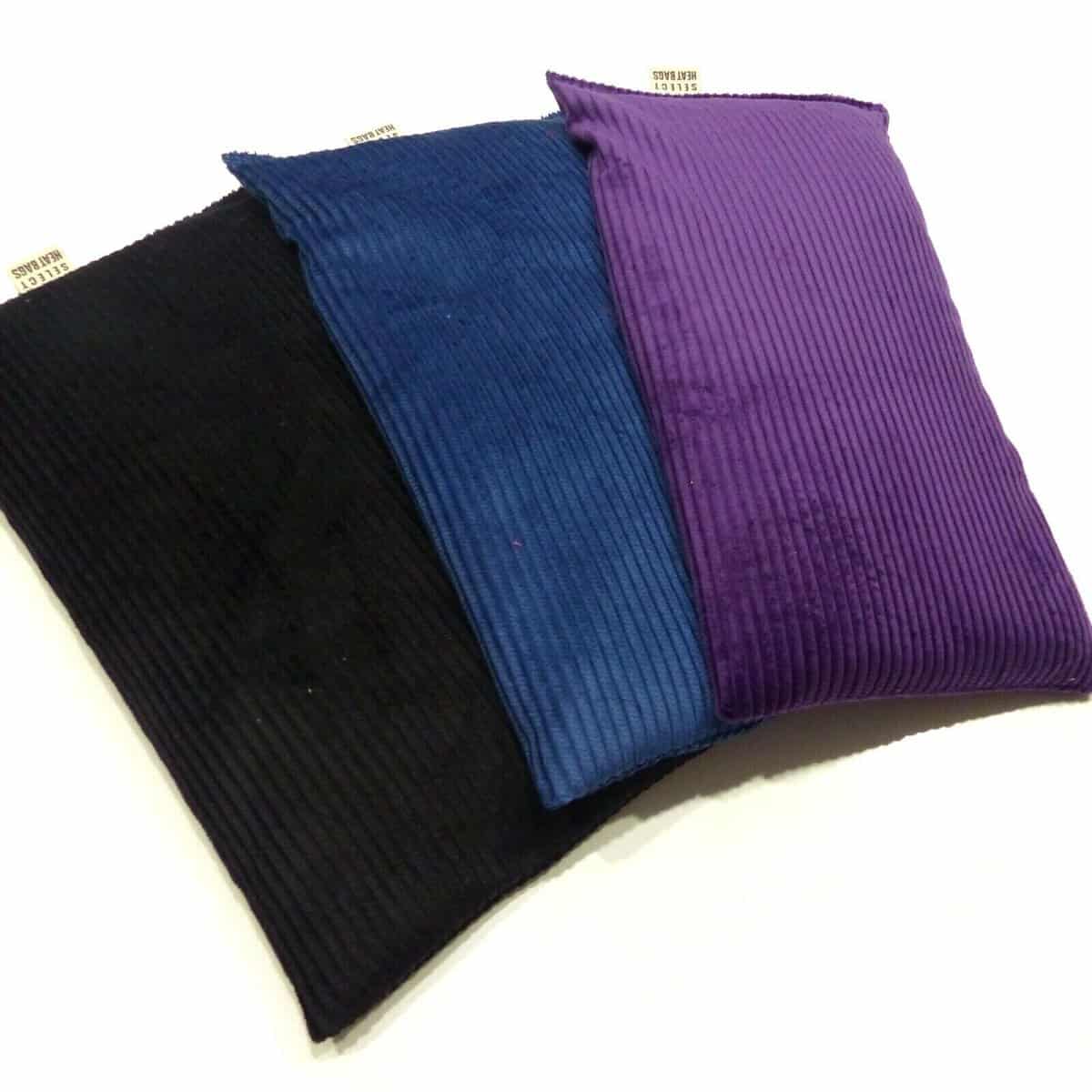The Cozy Guide to Using Wheat for Heat Packs
Hey there, super moms and dads! Are you looking for a natural, soothing solution to comfort your little ones’ scrapes and aches? Or perhaps you’re in need of a stress-relief buddy after a long day? Look no further, because wheat heat packs are here to save the day!
Wheat heat packs have been a long-standing favorite for natural pain relief and relaxation, and it’s not hard to see why. Not only are they incredibly easy to use, they also offer that much-needed warmth and comfort. So, let’s dive into the wonderful world of wheat heat packs together!
What is a Wheat Heat Pack?
A wheat heat pack, also sometimes known as a wheat bag or wheat cushion, is a pouch filled with specially cleaned wheat grains. When heated in the microwave or oven, it can be used to provide soothing heat therapy. The great thing about wheat is that it has the perfect structure to retain heat and conform to your body’s contours, providing relief exactly where you need it.
Why Wheat?
Wheat grains are fantastic insulators of heat. They contain a natural moisture content that, when warmed, releases a moist heat. This type of heat can penetrate more deeply and provide better relief from aches and pains than the dry heat from an electric heating pad. Furthermore, using a renewable resource like wheat is an eco-friendly option, which is always a plus for our planet!
Benefits of Wheat Heat Packs
- Relieves Pain: Wheat heat packs can help relieve muscle aches, joint pains, menstrual cramps, and more.
- Reduces Stress: The heat can be incredibly relaxing, helping to reduce tension and promote relaxation.
- Improves Sleep: Cozying up with a heat pack can soothe children (and adults!) to sleep, especially during colder nights.
- Flexible and Convenient: Mold it to any part of the body that needs the warmth—you’re not confined to a cord or an outlet!
Safety First!
Before we start crafting our own wheat heat pack, let’s talk safety. While wheat heat packs are marvellous, they, like all heat treatments, come with a few safety precautions to prevent accidents:
- Always make sure the wheat bag is at a safe temperature before using it—especially when using it for or around children.
- Never overheat the wheat bag beyond the recommended time.
- Check the wheat bag regularly for signs of wear and tear, such as scorch marks or a burnt smell.
- Hydrate the wheat by sprinkling water on it every once in a while to maintain moisture and prevent overheating.
Stay tuned as we take this journey one step further! In the next part of this guide, we’ll cover how to prepare your wheat heat pack, including the ideal types of fabric to use, how to correctly fill your bag with wheat, and the all-important heating instructions. We’ll also share some handy tips for keeping your heat pack clean and in top-notch condition—because we know, anything that’s both cozy and low-maintenance is a winner in any household.
By the end of our journey, you’ll be all set to provide a warm hug to soothe those little tummies, backaches, or even just to cuddle up with. Let’s get ready to discover an easy and effective way to keep you and your family snug and serene. Remember, a well-made wheat heat pack is not just a remedy; it’s an embrace of comforting warmth that’s always there when you need it.

Five Things Parents Should Know When Preparing Wheat for Heat Packs
1. Selecting the Right Wheat
It’s vital to choose the correct kind of wheat for your heat pack. You want to use whole wheat kernels, which are often sold as ‘wheat berries’. These can be found at health food stores, online, or even at some bulk food retailers. Make sure the wheat hasn’t been treated with any chemicals, as this could be unsafe when heated.
2. Choosing the Best Fabric
When picking out fabric for your heat pack, aim for natural fibers like 100% cotton or linen. These materials can withstand the microwave’s heat and won’t melt like some synthetics. Opt for a tight weave to keep the wheat grains from escaping and avoid materials that are too thick, as they may hinder the heat’s effectiveness.
3. Ideal Wheat Amount
Don’t overstuff your wheat pack. A good rule is to fill it about two-thirds full, allowing some room for the wheat to move around. This flexibility enables the pack to mold to your body shape and provide targeted relief.
4. Heating Up Your Pack
Getting the temperature right is crucial. For most microwaves, heating the pack for 1-3 minutes should suffice, but this can vary depending on your microwave’s wattage and the size of the heat pack. It’s best to start with the lowest time, then increase in 30-second increments to find the ideal heating duration. Always touch-test before applying, especially when giving it to children.
5. Maintaining Moisture and Cleanliness
A touch of moisture is essential for the best heat retention, so sprinkle water on the pack before heating occasionally. As for cleanliness, using a removable washable cover for your heat pack is a game-changer because it means you can wash the outer layer without damaging the wheat inside. Keep the actual pack dry to avoid mold.
Congratulations, you’re ready to spread the word about the magic of wheat heat packs to fellow parents who could use the warm cuddle of comfort in their homes. With safety and preparation under your belt, you’re all set to create this simple yet highly beneficial tool to help soothe the daily bumps and stresses life throws your way. Happy heating!
See more great Things to Do with Kids in New Zealand here. For more information see here
Disclaimer
The articles available via our website provide general information only and we strongly urge readers to exercise caution and conduct their own thorough research and fact-checking. The information presented should not be taken as absolute truth, and, to the maximum extent permitted by law, we will not be held liable for any inaccuracies or errors in the content. It is essential for individuals to independently verify and validate the information before making any decisions or taking any actions based on the articles.




